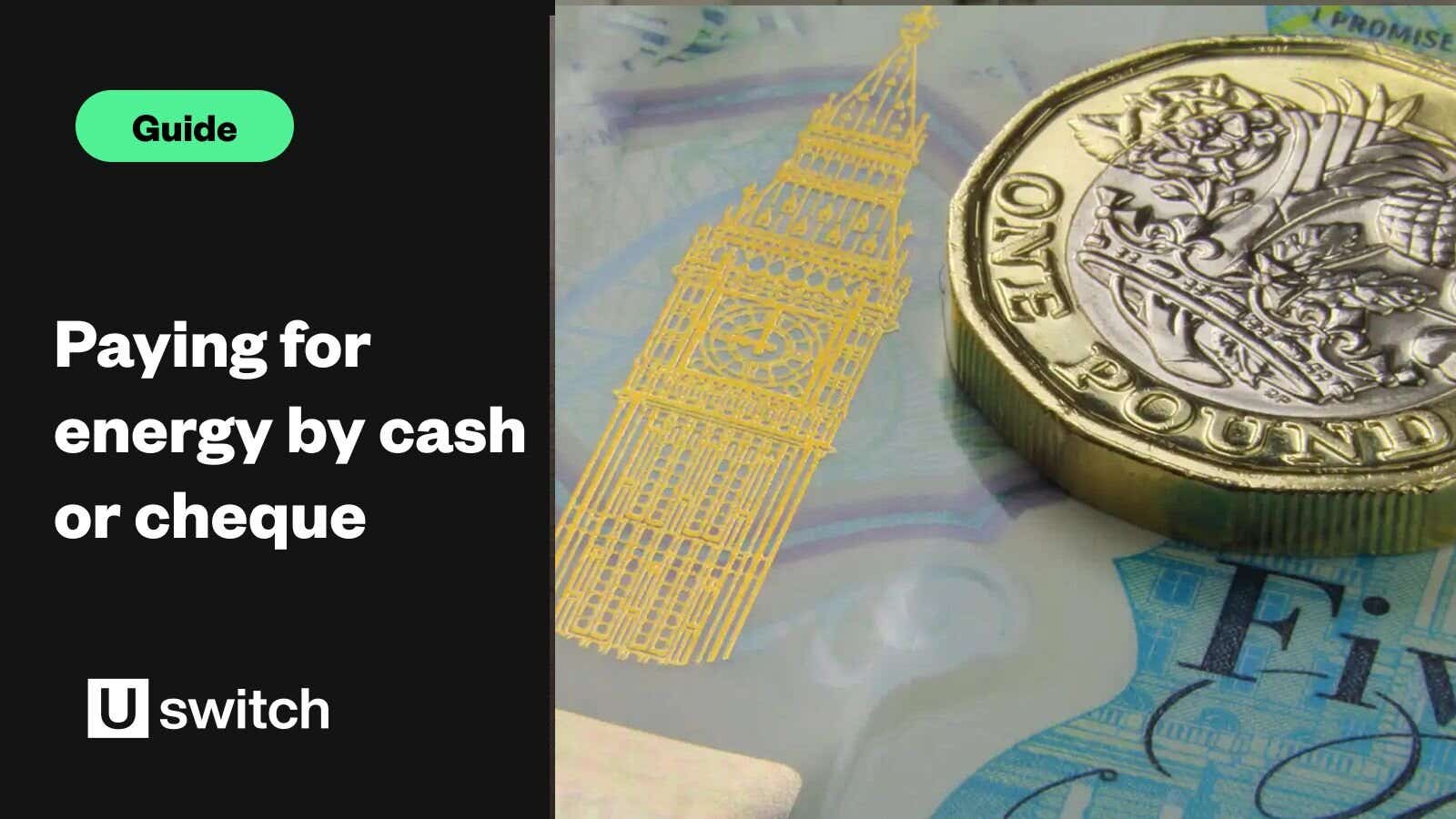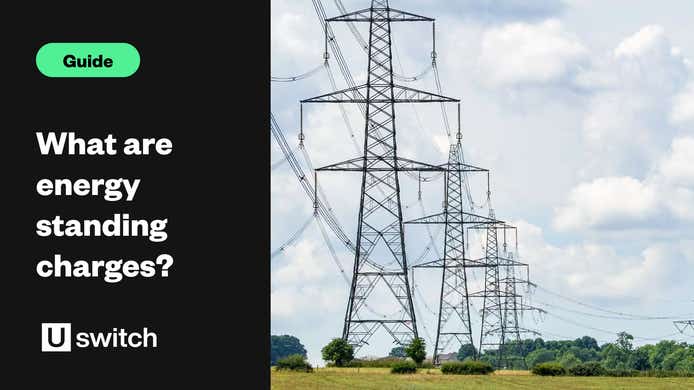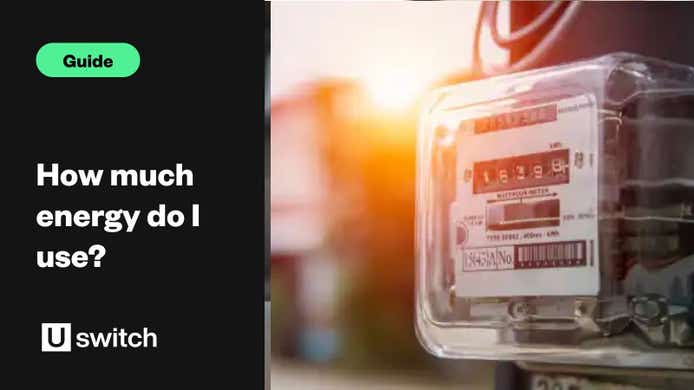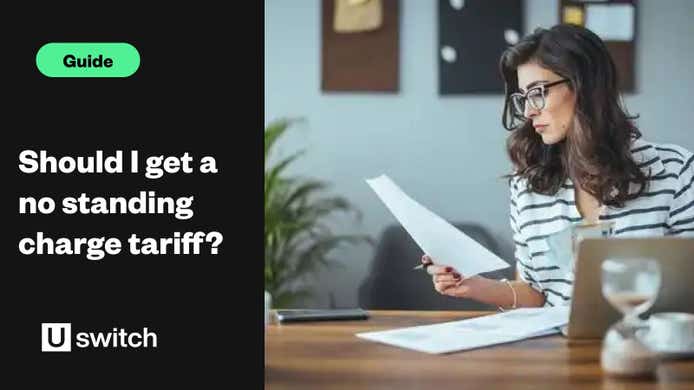Although online bill pay and direct debits have revolutionised the way many of us pay our bills, you can still pay for your energy using cash or cheque — but should you?
With the majority of today’s bank transactions handled electronically, it can seem like a battle to pay by cash and cheque. But if you prefer this method, this guide is for you.
We have pulled together everything you need to know about paying for your energy with cash or cheque so you know exactly how it works, what the disadvantages are and what options you have.
How do I pay for energy by cash and cheque?
Cash and cheque payments are available from most suppliers to people who prefer to pay quarterly.
For quarterly billing, your usage for the previous three months will be sent to you. You can pay by sending a cheque directly to your energy supplier in the post, or by paying it in cash or cheque through your bank or local post office.
What are the rules for paying by cash or cheque?
The golden rule of paying by cash or cheque is to leave enough time to submit your cash or cheque to avoid any late-payment charges.
If you are sending a cheque by post you will need to take postage and processing times into account.
You may also be charged by your bank or building society if you pay your energy bill by cash.
Will I pay more for energy by paying cash or cheque?
Paying by cash or cheque is a good way to monitor your spending, as you will always see your bill before you pay it in the event that you wish to challenge any overcharging or incorrect fees.
However, the disadvantages probably outweigh this. Nearly all suppliers offer a discounted price for paying by Direct Debit, as this ensures prompt, regular payments.
Recent reports by the energy regulator Ofgem estimate that cash and cheque customers end up paying £100 a year more on average for their energy.
Energy suppliers argue this is necessary to compensate for the costs of processing cash and cheque payments, and the fact that more underpayments and debt come from cash or cheque customers.
Cash and cheque customers are also punished by the limited availability of new tariffs as many are only available to those paying by Direct Debit.
What other payment methods are there?
The cheapest way to pay for your energy is almost always by Direct Debit. This is a way of authorising your energy supplier to automatically deduct an agreed-on payment from your bank.
The problem is that the money will come out of your account before you can check you bill but, from your supplier’s point of view, it’s a way of guaranteeing their payment, so they are able to offer you a discount.
It’s also worth noting that a supplier must notify you of a change in your Direct Debit payment amount or payment date in advance. And, if there is an error in your Direct Debit payment, you are entitled to a refund under the Direct Debit Guarantee.
You can make Direct Debit payments on a monthly, quarterly or variable basis. If you pay by Direct Debit you may also find your account in credit during the warmer months, and in debt during the colder months.
Alternatively, you can set up a standing order. A standing order is like a Direct Debit in that you authorise your supplier to take the money from your account but, unlike Direct Debits, no one but you can make changes to the amount that comes out or when. Because the energy supplier has less guarantee on this method, most new tariffs don’t offer standing order as a payment option.
An alternative to paying by cash is to pay over the phone or online using your credit or debit card. You won’t get a discount like Direct Debit, but you will be able to check your bill before making any payments, giving you more control.
Finally, prepayment meters, which require a special meter to be installed in your property, are paid for in advance using tokens or by topping up a key or swipe card. Whilst they offer a good way to stay on top of your energy payments, they are more expensive to run, can be difficult to switch away from, and can leave you without electricity if you don’t keep your meter sufficiently topped up.
How can I change payment method?
Unless you have a prepayment meter, it should be easy to switch energy plans from cash and cheque to Direct Debit payment.
Just give your energy supplier a call, ask them about the discount you will be offered, and you should see the change on the next bill.




